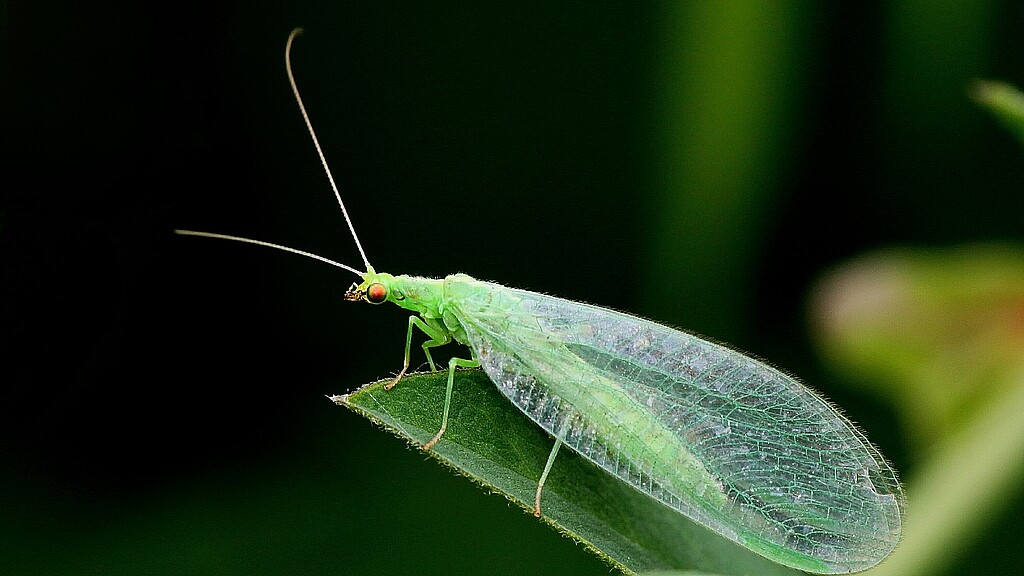Trending
Giant Jurassic-era insect found at Arkansas Walmart
Although once found throughout the continent, giant lacewings mysteriously disappeared in the 1950s

March 2, 2023 6:15am
Updated: March 2, 2023 6:15am
A scientist made a one-of-a-kind discovery while he was shopping at an Arkansas Walmart for some milk: an extinct Jurassic-era bug.
Michael Skvarla, director of Penn State University's Insect Identification Lab, found a gigantic bug flying around the store in 2012, only to discover years later that he had picked up something more valuable than he originally thought.
"I was walking into Walmart to get milk and I saw this huge insect on the side of the building," he said in a press release from Penn State. "I thought it looked interesting, so I put it in my hand and did the rest of my shopping with it between my fingers. I got home, mounted it, and promptly forgot about it for almost a decade."
Skvarla originally thought the bug was an antlion, which "look like fragile, drab damselflies, with an elongated body, four intricately veined wings mottled with browns and black, and clubbed or curved antennae about as long as the combined head and thorax," according to the Missouri Department of Conservation.
While he was teaching an online course on insect biodiversity in 2020, he realized that the insect wasn’t what he originally thought.
"We were watching what Dr. Skvarla saw under his microscope and he's talking about the features and then just kinda stops," one of his students, Codey Mathis, said. "We all realized together that the insect was not what it was labeled and was in fact a super-rare giant lacewing."
Although once found throughout the continent, giant lacewings disappeared in the 1950s due to unknown reasons. Some scientists speculate that they disappeared to the increase in light pollution, while others believe new predators were introduced into the environment.
Skvarla and a team of other scientists analyzed the bug and published the results in the Proceedings of the Entomological Society of Washington in November.
"It could have been 100 years since it was even in this area — and it's been years since it's been spotted anywhere near it. The next closest place that they've been found was 1,200 miles away, so very unlikely it would have traveled that far," he said. "...But a finding like this really highlights that even in a run-of-the-mill situation, there are still a tremendous number of discoveries to make about insects."










